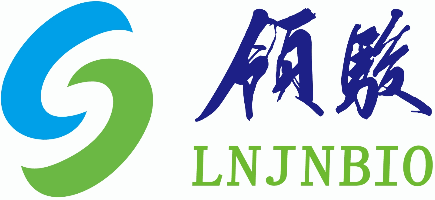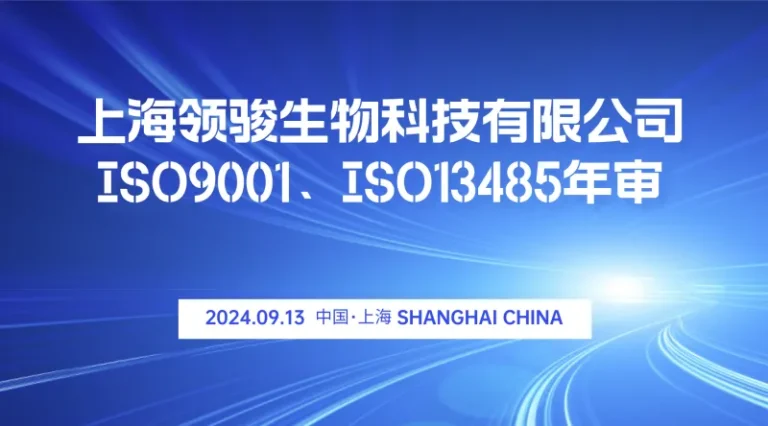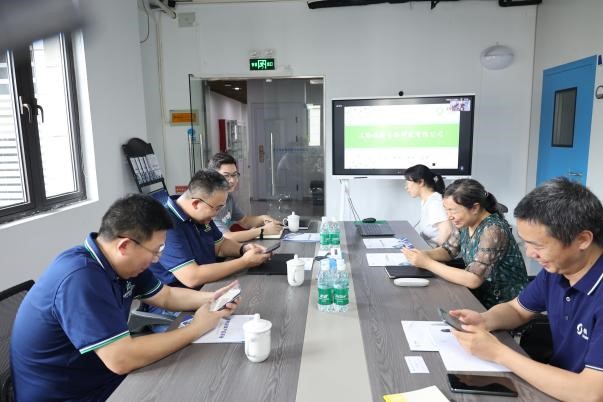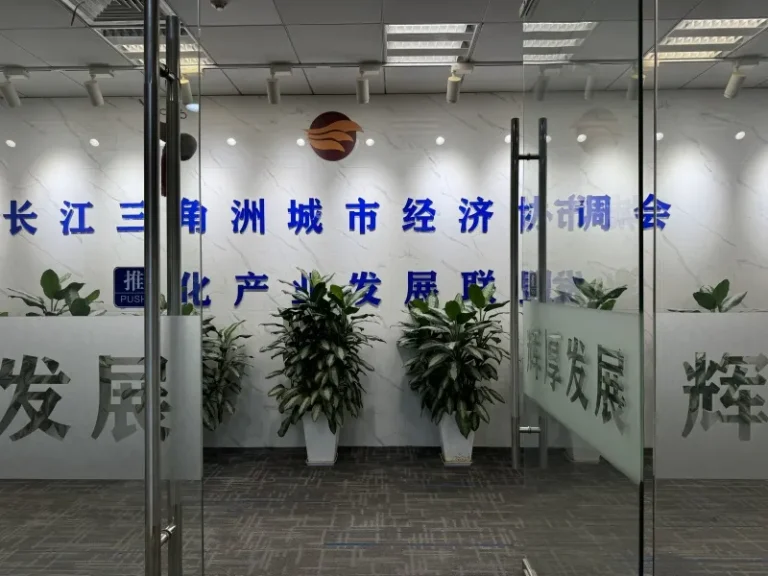Professional Manufacturer of Biomagnetic Beads
I. Market size and growth trend
The global IVD (in vitro diagnostic) reagent raw material market has shown strong growth in recent years. The global market size was approximately $81.7 billion in 2024 and is expected to exceed the $100 billion mark by 2025, with a compound annual growth rate (CAGR) of 4.3% from 2025 to 2031. China’s market performance stands out, with the domestic IVD market size reaching 120 billion yuan in 2024 and projected to maintain an 8.99% growth rate in 2025, far surpassing the global average. This growth is primarily attributed to population aging, rising incidence of chronic diseases and infectious diseases, as well as the sustained demand for rapid diagnostics driven by the post-COVID-19 era.
In terms of sub-sectors, biological reagents (such as antibodies and antigens) dominate the market with a share of more than 60%, while molecular diagnostics and POCT (point-of-care testing) are the fastest growing, with an expected growth rate of more than 7% in the next five years.
2. Regional market pattern
North America remains the world’s largest consumer market (accounting for 38.19%), followed by Europe (25%). The Asia-Pacific region, with China at its core, is rapidly rising, capturing over 20% of the global share. Under policy support, Chinese companies are accelerating their substitution of imported products, particularly in high-end raw materials, gradually narrowing the gap with multinational giants like Roche and Abbott.
Third, technology and innovation drive
Technological innovation is the core driving force for industry growth:
High sensitivity technology: the demand for high purity buffer and enzyme labeling has increased, which promotes the upgrade of raw material quality.
Multiple detection technologies: The development of multiple raw materials is required, such as PCR, NGS (next generation sequencing) and other technologies to promote the demand for molecular diagnostic raw materials.
Green trend: enterprises accelerate research and development of low pollution, degradable raw materials to meet international standards.
3. Policies and competitive patterns
Policy support: China’s “Healthy China 2030” plan and other policies encourage innovation, and local governments promote the development of the industry through tax breaks and industrial funds.
Centralized procurement pressure: The centralized procurement of IVD reagents in China has led to a price drop of more than 50%. Enterprises have reduced costs and increased efficiency through mergers and acquisitions. In 2024, there were 43 domestic mergers and acquisitions cases, with an increase of 66.67% year-on-year.
International competition: multinational enterprises dominate the high-end market through technology monopoly, while local enterprises such as Mindray Medical and BGI enhance their competitiveness through technology feeding back and global layout.
4. Challenges and future trends
Challenges: High R&D costs, strict regulation, market price sensitivity of emerging markets, combined with the pressure of centralized procurement, and squeezed corporate profit margins.
trend:
Technology integration: Emerging fields such as AI-assisted diagnosis and nanotechnology are driving the upgrade of raw materials.
International layout: Chinese raw material enterprises accelerate their overseas expansion and expand emerging markets through cooperation or mergers and acquisitions.
POCT expansion: The POCT raw material market is expected to grow to $29.5 billion by 2030, making it the fastest growing segment.
Epilogue
The IVD raw material market has a promising future driven by technological iteration, policy dividends and demand expansion, but companies need to cope with cost pressures and international competition. In the future, companies with innovative capabilities, compliant production and global vision will dominate.
Supplier
Shanghai Lingjun Biotechnology Co., Ltd. was established in 2016 which is a professional manufacturer of biomagnetic materials and nucleic acid extraction reagents.
We have rich experience in nucleic acid extraction and purification, protein purification, cell separation, chemiluminescence, and other technical fields.
Our products are widely used in many fields, such as medical testing, genetic testing, university research, genetic breeding, and so on. We not only provide products but also can undertake OEM, ODM, and other needs. If you have a related need, please feel free to contact us at sales01@lingjunbio.com.






